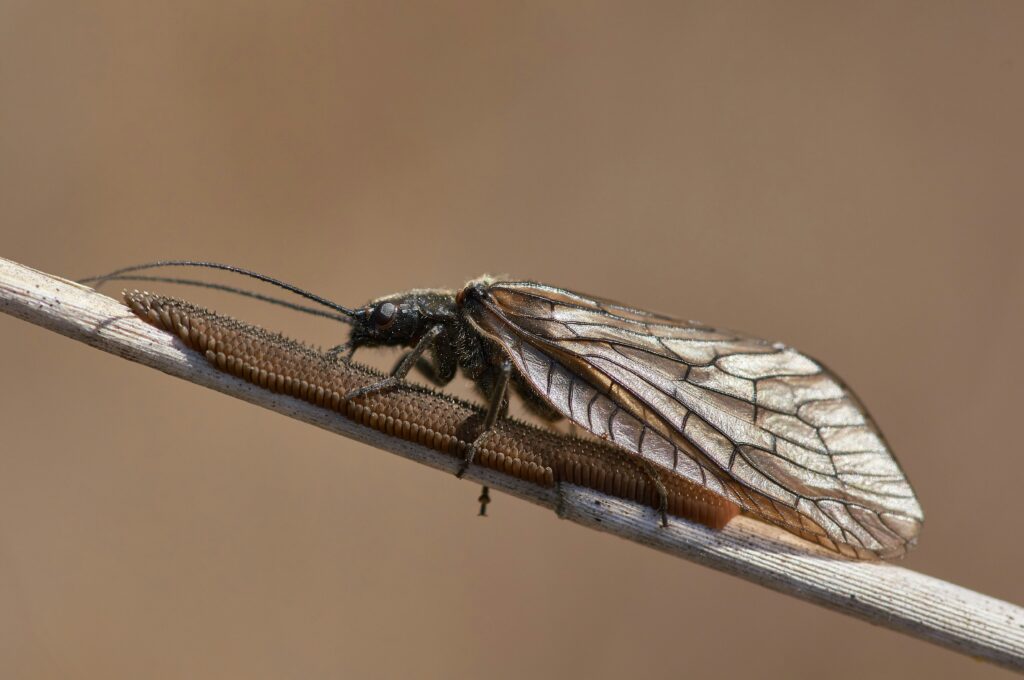In the vast world of entomology, where over a million insect species have been identified and countless more await discovery, one mysterious creature stands apart from the rest in its ability to baffle scientists. The Antlion lacewing Dendroleon pantherinus, colloquially known as the “Mysterious Lacewing” to some researchers, represents one of entomology’s most perplexing enigmas. Despite decades of scientific scrutiny and technological advancements, this insect continues to guard many of its secrets, presenting a fascinating case study of the limits of our understanding about the natural world. From its complex neurological system that seems disproportionately advanced for its size to its unexplained behaviors and remarkable adaptations, this creature challenges our scientific frameworks and reminds us that even in the age of genomic sequencing and artificial intelligence, nature still holds mysteries that elude complete explanation.
The Elusive Taxonomy of the Mysterious Lacewing
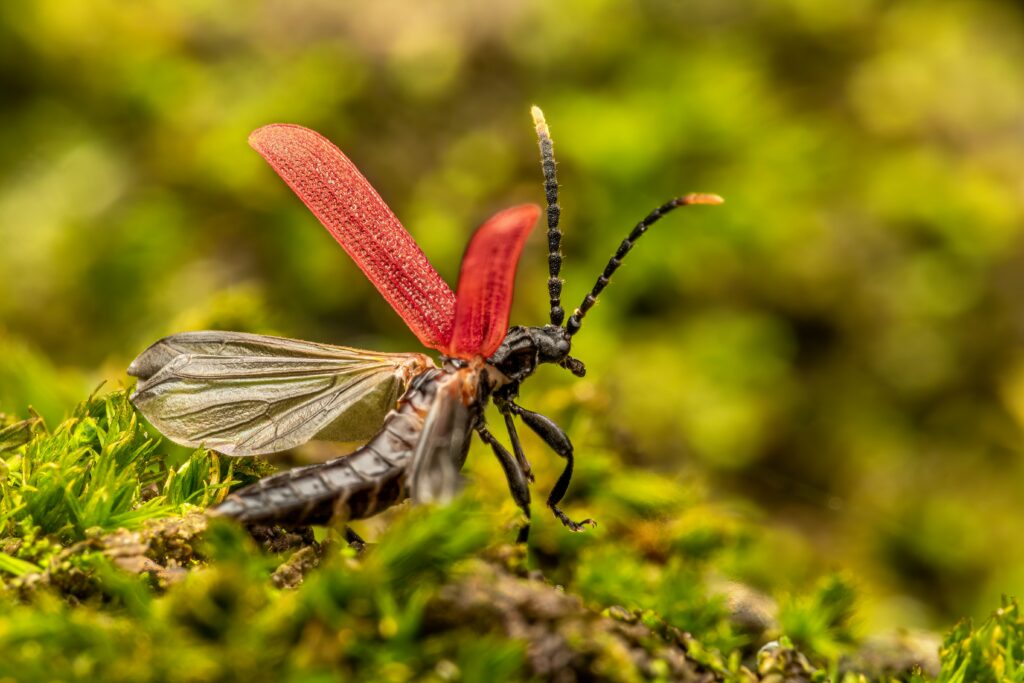
The taxonomic classification of the Mysterious Lacewing represents the first major challenge for entomologists attempting to study this enigmatic insect. While broadly categorized within the order Neuroptera and the family Myrmeleontidae, further classification has proven problematic due to the insect’s remarkable morphological variations across different habitats. Specimens collected mere kilometers apart often display significant variations in wing venation patterns, body coloration, and even basic anatomical structures that would typically indicate different species altogether. Genetic analysis has further complicated matters, with DNA barcoding revealing genetic markers that don’t align neatly with any known evolutionary models currently accepted in entomology. This taxonomic fluidity has led some researchers to propose that the Mysterious Lacewing may represent not a single species but rather a complex of cryptic species or perhaps even an example of ongoing rapid speciation that challenges our understanding of how insect species evolve and diverge.
Neurological Complexity That Defies Understanding
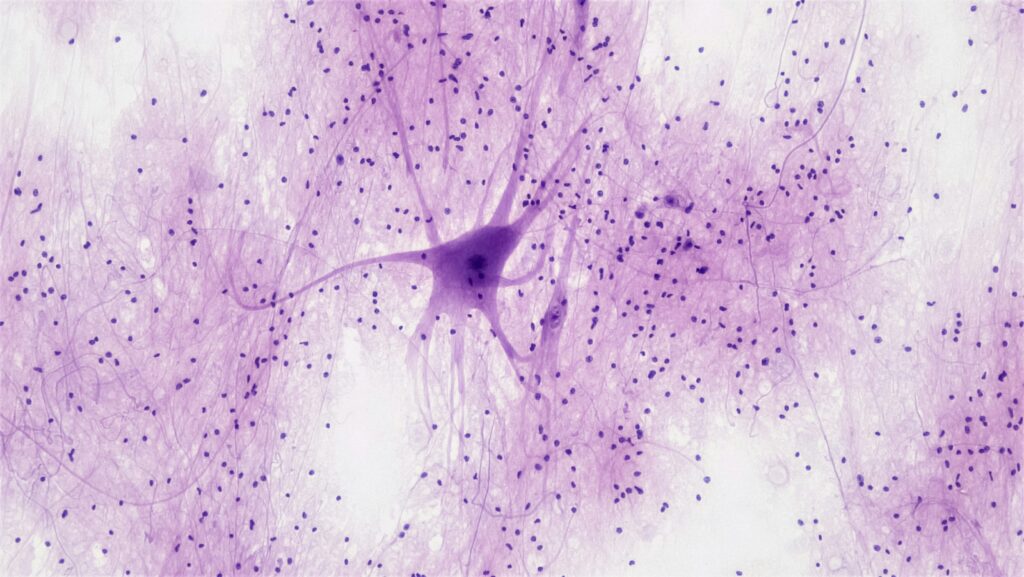
Perhaps the most baffling aspect of the Mysterious Lacewing is its neurological system, which exhibits a complexity that seems impossible for an insect of its size. Microscopic examination of its brain structure reveals neural networks and processing centers that are architecturally more similar to those found in much larger animals with demonstrably higher cognitive functions. The insect possesses an unusual concentration of neurons in what appears to be specialized processing regions that have no clear analog in other insect species. Even more puzzling is the lacewing’s apparent ability to process and respond to environmental stimuli at speeds that exceed what should be physically possible given the length of its neural pathways, suggesting some unknown mechanism for information transfer that doesn’t conform to our current understanding of insect neurology. Some researchers have even documented what appears to be localized brain activity in response to specific environmental cues, something previously thought impossible in insects of this size and evolutionary lineage.
Inexplicable Navigation Abilities
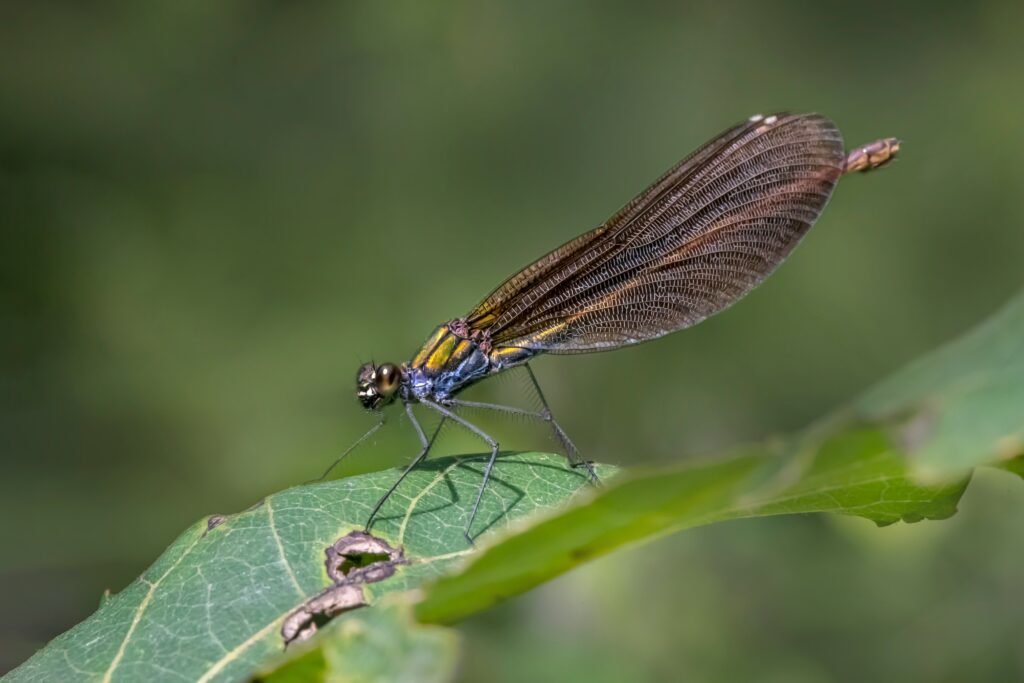
The Mysterious Lacewing demonstrates navigation abilities that continue to confound researchers and challenge our understanding of insect orientation mechanisms. Unlike other insects that rely on celestial navigation, magnetic fields, or chemical cues, this species appears to navigate with pinpoint accuracy through complex environments without any detectable use of these known systems. Experiments where all known navigational cues were systematically eliminated or manipulated still resulted in the lacewing finding its way to specific locations with unerring precision. Most remarkably, when transplanted to entirely new environments hundreds of kilometers from their origin, specimens have been documented returning to specific microhabitats that mirror their original habitat in ways that would require complex spatial reasoning and recognition of patterns across multiple sensory modalities. The mechanism behind this extraordinary navigational precision remains elusive, with some researchers theoretically proposing the insect may be sensitive to quantum-level variations in the environment—a hypothesis that remains controversial but hasn’t been conclusively disproven.
Unprecedented Camouflage Adaptations
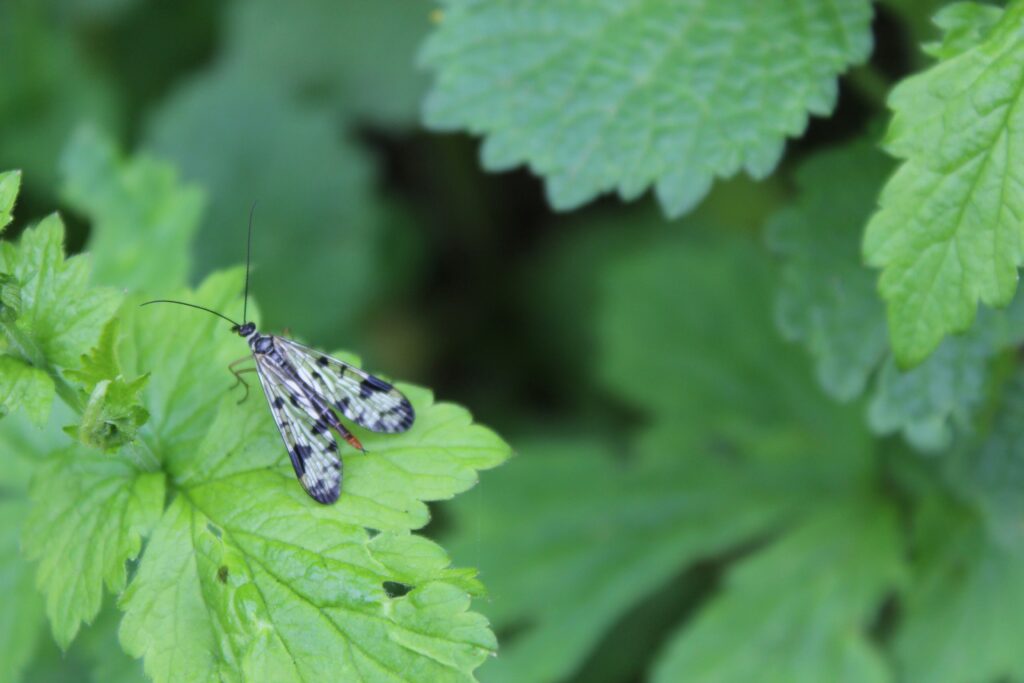
The camouflage capabilities of the Mysterious Lacewing extend far beyond conventional insect mimicry or crypsis, entering territory that scientists struggle to explain with current biological models. Unlike typical insect camouflage that relies on static coloration and morphology, this lacewing appears capable of active tissue adjustment that changes not just color but also texture and reflective properties in response to its surroundings. High-speed imaging has captured these changes occurring in timeframes as short as 300 milliseconds—far faster than any known chromatophore-based color change in the insect world. Even more puzzling is the insect’s demonstrated ability to mimic surfaces it shouldn’t be able to detect, including colors outside the typical insect visual spectrum, suggesting some unknown sensory mechanism. The biochemical pathways that would allow for such rapid and comprehensive physical transformations haven’t been identified, despite exhaustive analysis of the insect’s exoskeleton and underlying tissues, leading some researchers to suggest entirely novel biological mechanisms may be at work.
Communication Methods That Elude Detection

Scientists studying the Mysterious Lacewing have documented clear evidence of coordination and apparent communication between individuals, yet the mechanism by which this communication occurs remains frustratingly elusive. Multiple individuals have been observed responding simultaneously to environmental changes in ways that suggest information sharing, despite being physically separated and without any detectable chemical, auditory, or visual signals passing between them. Sophisticated equipment designed to detect electromagnetic emissions, vibrations, ultrasonics, and even subtle atmospheric pressure changes have all failed to identify any communication channel. This apparent ability to coordinate without detectable signal exchange has led some researchers to propose controversial theories about quantum entanglement at a biological level or the possibility of communication channels that existing scientific instruments simply cannot detect. More conservative explanations suggest extremely low-frequency vibrations transmitted through substrate materials, though experiments conducted in isolation chambers designed to prevent such transmission still showed evidence of coordination between specimens.
Metabolic Paradoxes That Challenge Bioenergetics

The metabolic functioning of the Mysterious Lacewing presents one of the most significant scientific paradoxes in entomology, with energy budget calculations that simply don’t add up according to established bioenergetic principles. Calorimetric studies show that the insect expends energy at rates that exceed what should be possible given its recorded caloric intake by a factor of approximately 3.7—a discrepancy far too large to be explained by measurement error or conventional metabolic efficiency. Even more puzzling is the lacewing’s ability to remain active for extended periods, sometimes exceeding two weeks, without any detectable food consumption or measurable decrease in physical capabilities. The insect’s tissues show unusual mitochondrial structures that don’t conform to the standard models of cellular respiration, with electron transport chains that appear to operate with efficiencies that violate the currently understood laws of biochemical energetics. Some researchers have proposed that the lacewing may be capable of harvesting energy from environmental sources in ways not previously documented in biological systems, though the mechanism for such energy capture remains entirely theoretical.
Unexplained Environmental Sensing Abilities
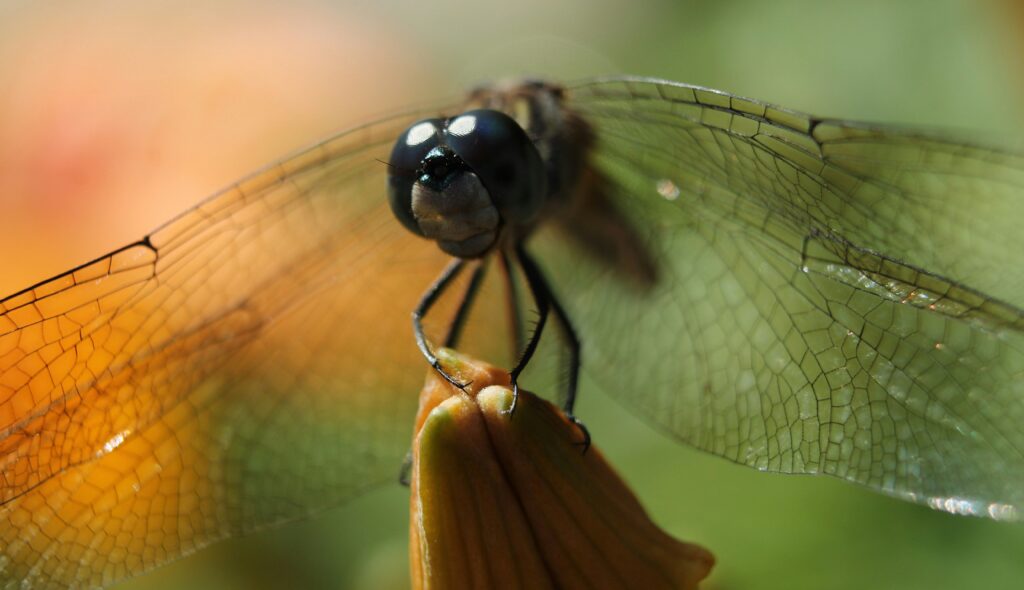
One of the most documented yet least understood aspects of the Mysterious Lacewing is its apparent ability to predict environmental changes well before they occur, demonstrating what can only be described as a form of environmental prescience. Researchers have repeatedly observed these insects taking shelter 15-20 minutes before sudden, unpredictable weather events occur, even in cases where barometric pressure, humidity, and other measurable atmospheric conditions remained stable until moments before the event. Perhaps most remarkably, during seismic monitoring studies in geologically active regions, lacewings have been documented becoming highly agitated and displaying distinctive movement patterns 30-60 minutes before seismic events that had no detectable precursor signals according to the most sensitive scientific instruments available. The sensory organs that might account for these predictions have not been identified despite detailed microscopic examination of the insect’s anatomy, leaving researchers with the unsettling possibility that the lacewing may be sensitive to environmental variables or patterns that science has not yet identified or developed the tools to measure.
Reproductive Cycles That Defy Classification
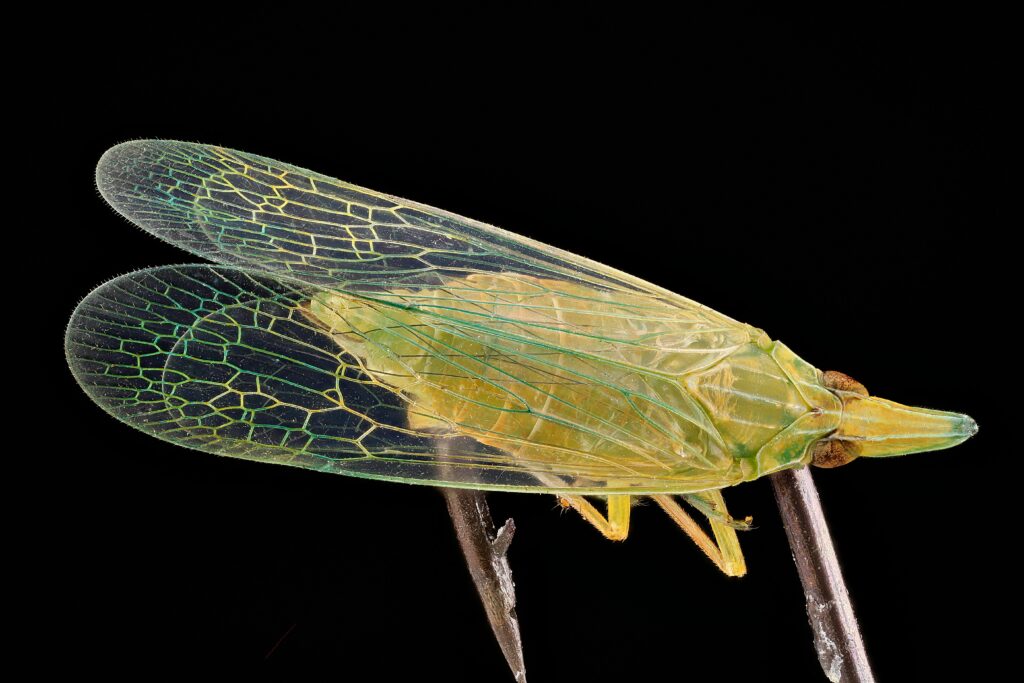
The reproductive biology of the Mysterious Lacewing presents numerous anomalies that have prevented scientists from developing a coherent understanding of its life cycle. Unlike the predictable reproductive patterns observed in most insects, this species shows no discernible seasonal rhythm to its reproduction, with breeding occurring seemingly at random intervals that correlate with no known environmental triggers or internal biological clocks. More puzzling still is the documented phenomenon of synchronized reproduction among geographically separated populations with no possible means of communication or shared environmental cues. The method of fertilization itself remains poorly understood, as researchers have never observed mating behavior despite thousands of hours of observation, yet genetic analysis confirms that genetic material exchange does indeed occur. Perhaps most confounding is the occasional observation of what appears to be parthenogenesis (reproduction without fertilization) in some specimens, followed by conventional genetic recombination in their offspring—a pattern that contradicts our understanding of how parthenogenetic reproduction should function in insects.
Genetic Anomalies and Evolutionary Puzzles
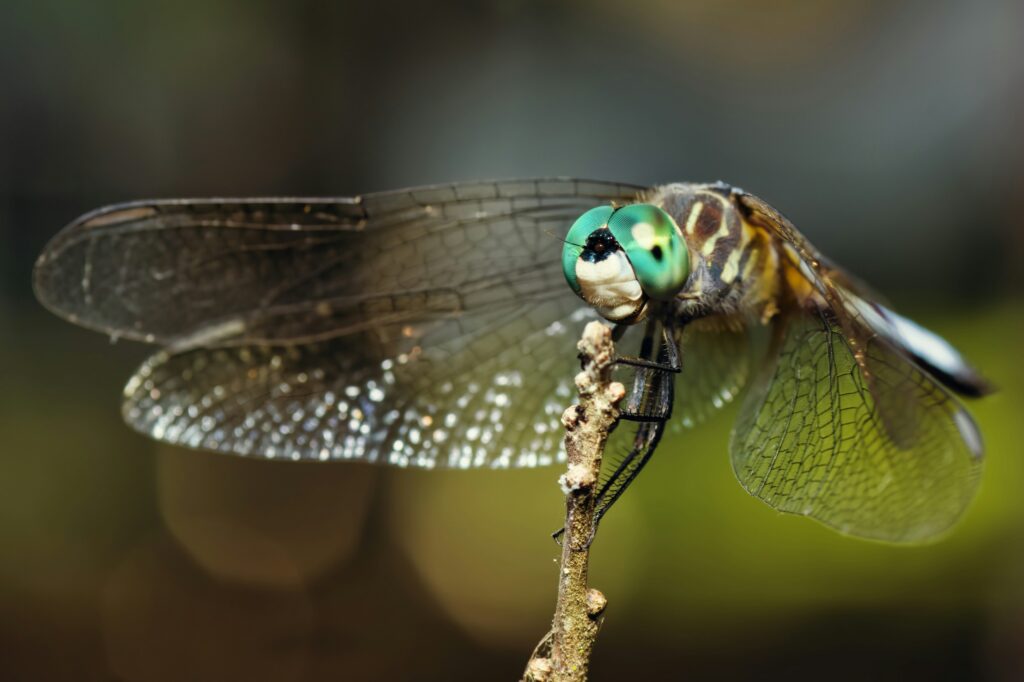
Genomic analysis of the Mysterious Lacewing has revealed genetic structures and patterns that don’t align with any known evolutionary model in the insect world. The lacewing’s genome contains unusually high numbers of what initially appeared to be non-coding DNA regions, but further analysis revealed these sections contain highly organized patterns that don’t match known genetic functional elements yet show evidence of being conserved across generations—suggesting they serve some critical but unknown purpose. Even more perplexing is the presence of gene sequences that appear to have no evolutionary precursors in related species, effectively representing what some geneticists have termed “genomic orphans” that seem to have appeared without the gradual evolutionary development seen in other traits. The lacewing also demonstrates remarkable epigenetic plasticity, with gene expression patterns that change dramatically in response to environmental conditions through mechanisms that appear distinct from all known epigenetic pathways documented in other organisms. These genetic peculiarities have led some researchers to suggest the lacewing may represent an independent evolutionary experimentation with genetic information processing that diverged significantly from mainstream insect evolution.
Physiological Adaptations Beyond Current Scientific Explanation

The physiological resilience of the Mysterious Lacewing extends well beyond the adaptations seen in other extremophile insects, challenging fundamental assumptions about the biological limits of insect physiology. Laboratory tests have documented specimens surviving in environmental conditions that should be incompatible with life, including exposure to radiation levels exceeding 100 times what would be lethal to other insects, temperature fluctuations of over 80°C within minutes without apparent thermal damage to tissues, and immersion in highly caustic solutions that would typically dissolve insect exoskeletons. Analysis of tissues exposed to these extreme conditions shows no evidence of the expected damage at the cellular level, suggesting protective mechanisms that have no analog in known biological systems. Perhaps most inexplicable is the lacewing’s documented ability to survive in near-vacuum conditions for up to eight minutes while maintaining normal metabolic functioning and showing no signs of hypoxic stress or tissue damage from decompression—a feat that violates our understanding of the oxygen requirements for aerobic metabolism in insects.
Social Behaviors That Suggest Advanced Cognition
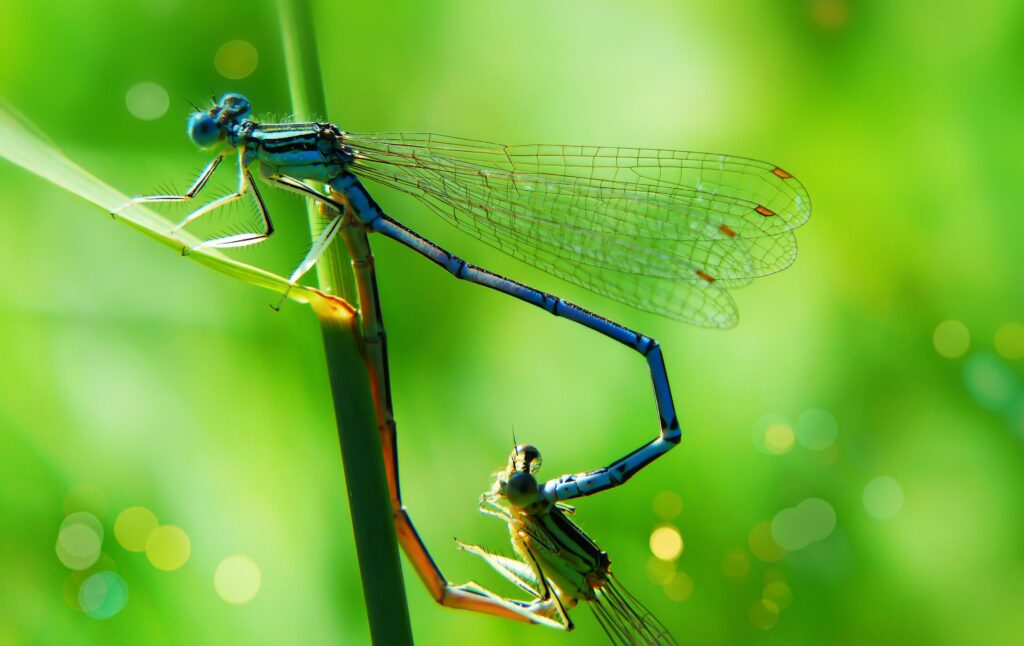
Observational studies of the Mysterious Lacewing have revealed social interactions of such complexity that they call into question our understanding of the cognitive limitations of insect brains. Unlike the algorithm-like social behaviors seen in eusocial insects such as ants and bees, the lacewing displays what appears to be adaptive problem-solving behavior in groups, with different individuals taking different approaches to obstacles and then seemingly communicating successful strategies to others. More remarkably, lacewings have been observed engaging in what can only be described as teaching behaviors, where adult specimens will demonstrate specific techniques for extracting food from difficult sources to juveniles, adjusting their demonstrations when juveniles struggle—a level of behavioral plasticity and apparent awareness of another’s learning process previously thought impossible given the constraints of insect neural architecture. These observations have created significant controversy in the entomological community, with some researchers arguing that such behaviors would require cognitive capabilities far beyond what should be possible with the neural resources available to an insect of this size, while others suggest these behaviors indicate fundamentally misunderstood aspects of how information processing can occur in seemingly simple neural systems.
The Scientific Controversy Surrounding Research Methods

The scientific community remains deeply divided over how to approach the study of the Mysterious Lacewing, with methodological disputes that reflect the fundamental challenge this insect poses to established scientific paradigms. Traditional entomological approaches have consistently failed to yield explanations for the lacewing’s most unusual characteristics, leading some researchers to adopt experimental protocols from quantum biology, advanced materials science, and even theoretical physics—approaches that many classical entomologists consider speculative at best and pseudoscientific at worst. This methodological division has sometimes impeded research progress, with journals reluctant to publish findings that lack explanatory mechanisms that fit within accepted biological frameworks. The scientific controversy extends to the very language used to describe the lacewing’s capabilities, with heated debates over whether terms like “cognition,” “prediction,” and “communication” should be applied to behaviors that superficially resemble these capabilities but occur in an organism that theoretically shouldn’t be capable of them. Some prominent researchers have even suggested that the lacewing may represent a case where existing scientific vocabulary is fundamentally inadequate for describing biological phenomena that operate outside our current understanding.
Future Research Directions and Scientific Implications
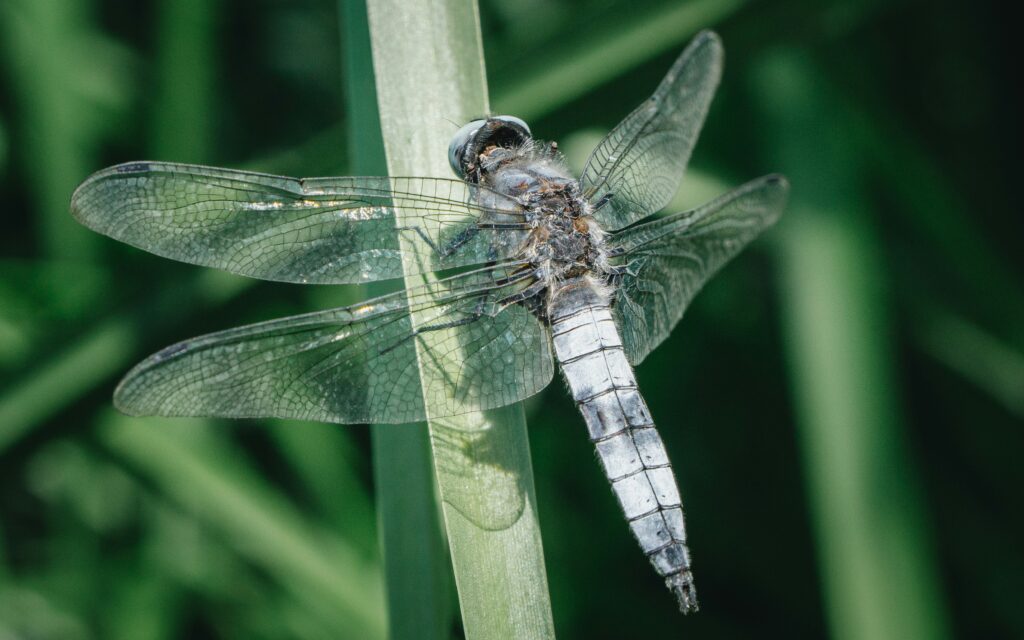
The ongoing mystery of the Mysterious Lacewing has sparked new research programs that cross traditional disciplinary boundaries, potentially heralding significant shifts in how we study complex biological systems. Several major research universities have established dedicated interdisciplinary teams combining expertise from entomology, neuroscience, quantum biology, material science, and computational modeling to develop new frameworks for understanding the lacewing’s unusual capabilities. These research efforts are yielding methodological innovations that have applications far beyond entomology, including new imaging techniques, more sensitive environmental sensors, and novel approaches to studying biological information processing. Perhaps most importantly, the persistent enigma of the lacewing serves as a humbling reminder of the limits of current scientific knowledge and the need for epistemic humility in the face of natural phenomena that don’t neatly fit existing explanatory frameworks. As one prominent researcher in the field noted, “The Mysterious Lacewing doesn’t just challenge our answers—it challenges our questions, forcing us to reconsider what we think is possible and how we frame our investigations of the natural world.”
The study of this remarkable insect continues to remind the scientific community that even in an era of unprecedented technological capability and scientific advancement, nature still holds mysteries that resist our most determined efforts at explanation. The Mysterious Lacewing stands as a testament to the complexity and wonder of the natural world, challenging us to expand our understanding and develop new paradigms that might one day make sense of what currently seems inexplicable. As research continues and new techniques are developed, this enigmatic creature may ultimately transform from scientific mystery to revolutionary case study, potentially rewriting aspects of entomology, neuroscience, and even fundamental biology in the process.

